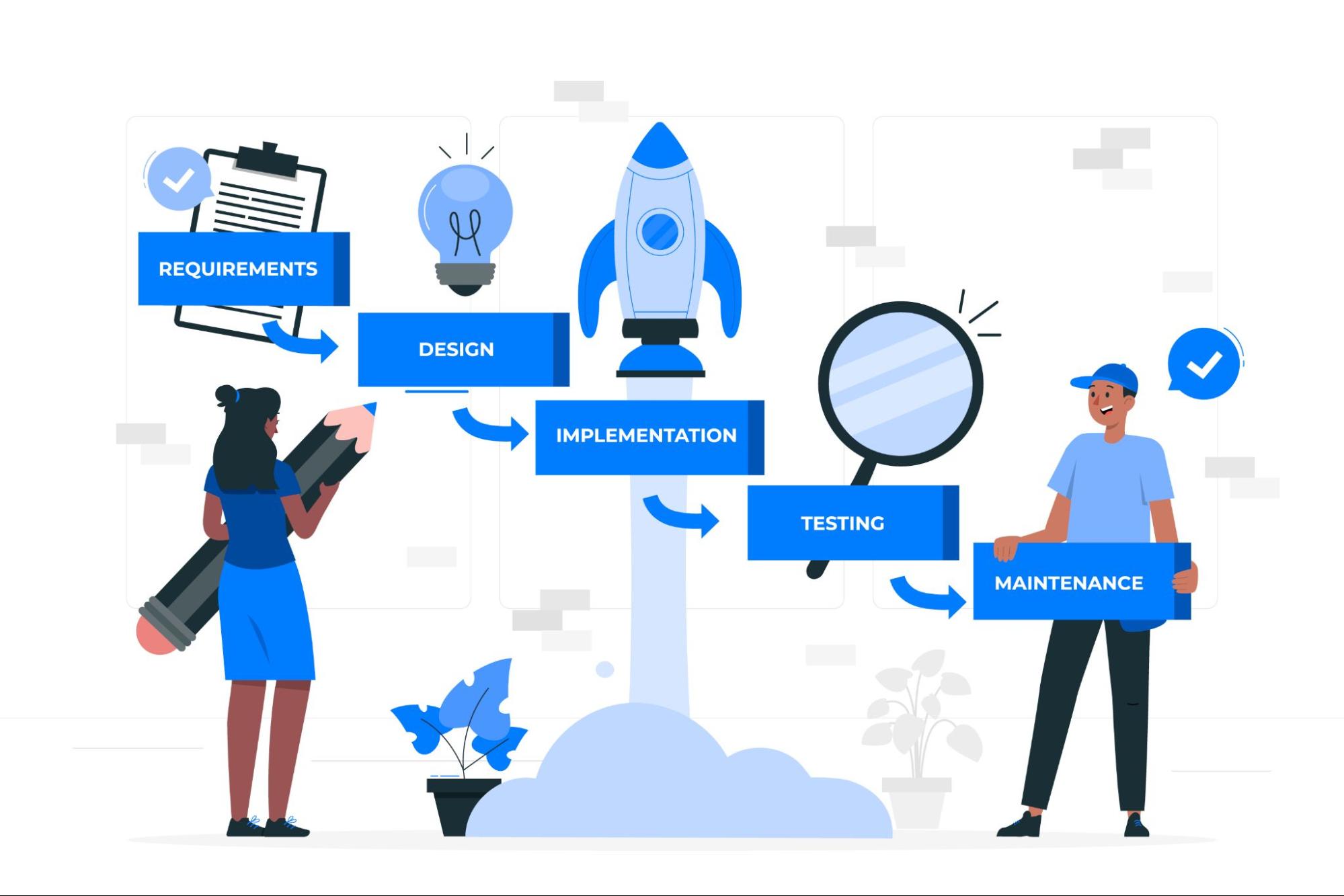Unpredictability is a constant challenge in the world of business. Events such as natural disasters can disrupt even the most meticulous plans. However, by building a system rooted in stability and consistency, businesses can better withstand these unforeseen disruptions. One powerful strategy to achieve this is aggregate planning. This approach not only helps in saving costs but also stabilizes the workforce and enhances overall efficiency.
In this article, we will delve into the concept of aggregate production planning - one area in which aggregate planning decisions are made and also explore its role as a cost-saving tool. By examining the various types of aggregate plans and their implementation in management and operations, you will gain insights into how this strategy can be a valuable asset for your business. Understanding these principles will enable you to determine if aggregate planning is the right fit for your organization’s needs.
What Is Aggregate Planning?

Aggregate planning is the strategic process of developing a comprehensive schedule that outlines how an organization will operate over a specific period, typically spanning 3 to 18 months. This approach allows businesses to manage inventory and staffing with greater clarity, assess and mitigate risks, and create more efficient operational systems.
Unlike focusing solely on individual elements such as current inventory or projected sales, aggregate production planning provides a holistic view of future expectations, enabling more informed decision-making. When formulating an aggregate plan, businesses utilize data from various sources, including:
- Sales and demand forecasts
- Production history
- Inventory levels
- Customer backlogs
Armed with this information, companies can identify periods of excess or insufficient capacity, anticipate peak sales times, and evaluate whether current staffing levels are adequate. This comprehensive planning approach allows for capacity adjustments in response to fluctuating demand, helping to avoid unnecessary expenditures. Once a plan is in place, it can be refined and adapted as needed, ensuring the business remains responsive and cost-effective.
The Benefits and Challenges of Aggregate Production Planning
While the future is never entirely predictable, aggregate planning offers a structured approach to charting the course of your business over the coming months. Here are some key benefits of implementing aggregate planning:
- Versatility Across Sectors: Aggregate planning is effective for both goods and services, making it a versatile strategy for various industries.
- Cost Minimization: By aligning production demand with production capacity, businesses can significantly reduce operating costs.
- Enhanced Productivity: This planning approach boosts overall productivity and operational efficiency.
- Resource Management: It clearly defines what materials and resources are needed and when they should be acquired.
These benefits highlight how an effective aggregate plan can positively influence your business, from production processes to profitability.
Navigating the Challenges of Aggregate Planning
Despite its advantages, aggregate planning does present particular challenges. Here are some considerations to keep in mind:
- Time Frame Limitations: Aggregate planning is designed for a specific time range, which can be a limitation. However, it also provides an opportunity to adopt a more proactive management approach. By regularly updating your plan to reflect current conditions, you can stay better prepared for long-term success.
- Assumption of Certainty: Aggregate planning assumes a degree of predictability in certain factors, but disruptions can occur unexpectedly. This underscores the need to remain flexible and responsive, ready to adjust your plan in real time to address unforeseen changes and challenges.
By acknowledging these challenges, you can implement aggregate planning with a balanced perspective, ensuring that your business remains agile and resilient.
Crafting Mid- to Long-Term Strategies with Aggregate Production Planning

Aggregate planning is crucial for helping businesses avoid last-minute decisions that can lead to a chaotic work environment. Different companies adopt different formats for their mid- to long-term strategies, and there are three common types of aggregate plans:
Level Strategy
A business using a level strategy aims to maintain steady production rates and employment levels. Instead of frequently adjusting the workforce, a level strategy might involve:
- Maintaining a constant workforce and producing a consistent number of units
- Building up inventory during periods of low demand
- Utilizing back orders or backlogs to manage sudden demand spikes
While this approach can ensure a predictable workload for employees, it can also be costly due to excessive inventory and continuous full-capacity production.
Chase Strategy
In contrast, a chase strategy focuses on aligning production closely with current demand. This involves:
- Keeping inventory levels low until demand increases
- Hiring, firing, and laying off employees based on production needs
- Adopting new strategies and production methods as demand rises
Although this strategy can be efficient in matching supply with demand, it can lead to frequent quality fluctuations and potential conflicts with employees and labor unions due to constant staffing changes.
Hybrid Strategy
A hybrid strategy combines elements of both level and chase strategies, aiming to balance flexibility with stability. Businesses using a hybrid approach might:
- Minimize layoffs while maintaining a relatively steady inventory level
- Adjust production rates and workforce size moderately rather than drastically
Many businesses prefer hybrid strategies because they often strike the best balance between cost-effectiveness and operational stability.
Aggregate Planning in Manufacturing and Production

In manufacturing and production environments, aggregate planning plays a crucial role in empowering businesses to make informed decisions. This planning process addresses all the necessary production activities to ensure uninterrupted operations and helps allocate resources effectively, even amid fluctuating customer demand and supply chain issues.
Businesses can use aggregate planning to guide critical decisions in several areas, including:
- Pricing adjustments
- Delayed deliveries
- Promotional activities
- Staffing increases
- Inventory management
- Complementary demand
- Overtime requirements
- Temporary hiring
- Subcontracting work
- Cross-training employees
Each of these aspects is essential for maintaining consistent and sustainable operations. For instance, without an aggregate plan, a manufacturer might react to a temporary surge in demand by ordering excess materials and hiring additional staff for the next quarter, not realizing that this period typically experiences lower demand. Consequently, the extra materials remain unused, and the newly hired employees face layoffs.
Ensuring Consistent Production with Aggregate Production Planning
Aggregate planning enables businesses to meet demand consistently without wasting resources. By balancing demand and capacity, an effective aggregate plan prevents sudden production surges or reductions. This allows a facility to maintain steady production levels, serving customers consistently over time rather than reacting to short-term market fluctuations.
Impact of Aggregate Planning on Your Team
Beyond maximizing profits and ensuring consistent production, aggregate planning is vital for creating a stable and reliable work environment. Without an appropriate plan, workforce and resource needs can fluctuate dramatically, leading to frequent hiring and layoffs. This instability erodes employee trust, hampers recruitment efforts, and may drive current workers to seek more secure employment opportunities. Additionally, constant job insecurity can diminish work quality, as employees struggle to perform at their best while worrying about their job stability.
By implementing a robust aggregate plan, businesses can foster a more stable work environment, enhance employee satisfaction and productivity, and ultimately contribute to the organization's overall success.
Enhancing Aggregate Planning with monday.com
Aggregate planning is a powerful tool for business and project management, but its effectiveness hinges on the quality of the data used. To create a robust plan, access to accurate and up-to-date information is crucial. monday.com’s Work OS offers a comprehensive solution for managing workflows, encompassing all aspects of creating and implementing an aggregate plan. Key features include:
- Resource Allocation: Efficiently distribute resources to match your aggregate plan.
- Budgeting: Keep track of financials to ensure the plan remains within budget.
- Sales Forecasts: Use reliable sales data to predict demand accurately.
- Inventory Management: Monitor inventory levels to avoid shortages or surpluses.
Additionally, monday.com facilitates seamless communication among team members and stakeholders, ensuring everyone is aligned and understands the plan and its implications. This collaborative approach helps in building a strong, cohesive strategy that drives business success.
Frequently Asked Questions
What is Aggregate Planning?
Aggregate planning is the strategic process of analyzing data and developing a projected schedule for your business. It involves creating comprehensive plans using information from various aspects of the business, such as inventory levels, sales forecasts, and production rates.
Why is Aggregate Planning Important?
Aggregate planning is essential for a business’s ability to schedule production, allocate resources, and manage staffing efficiently. It helps businesses minimize costs, maintain consistent production, and adapt to changing demands, ensuring smooth and cost-effective operations.
What Can Poor Aggregate Planning Result In?
Poor aggregate planning can lead to significant supply and demand issues. Businesses with ineffective aggregate production planning may face excessive inventory, occupying valuable warehouse space or wasting resources and staffing on unnecessary production. Conversely, they may struggle to meet customer demand, resulting in missed opportunities and customer dissatisfaction.
Strengthening Your Business with Aggregate Planning
Various approaches can be used to reduce costs and improve business strategies, but aggregate planning stands out for its holistic method of combining data to address demand and capacity issues. By implementing aggregate planning, you can stabilize production, create a more reliable workplace, and minimize costs.
To start developing an effective aggregate plan, leverage the resources available on monday.com. Whether you need to generate accurate reports, manage inventory, or communicate efficiently with team members and stakeholders, monday.com’s Work OS provides the essential tools to support your aggregate planning process.




